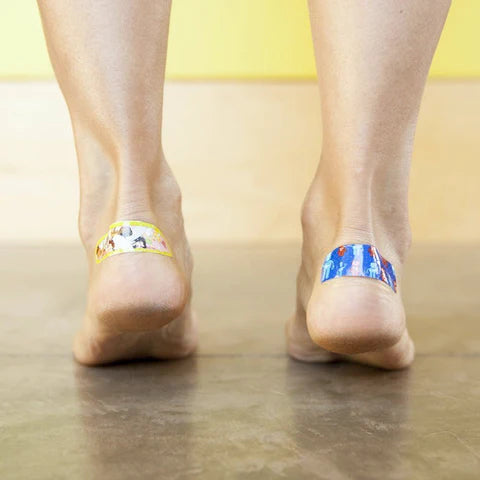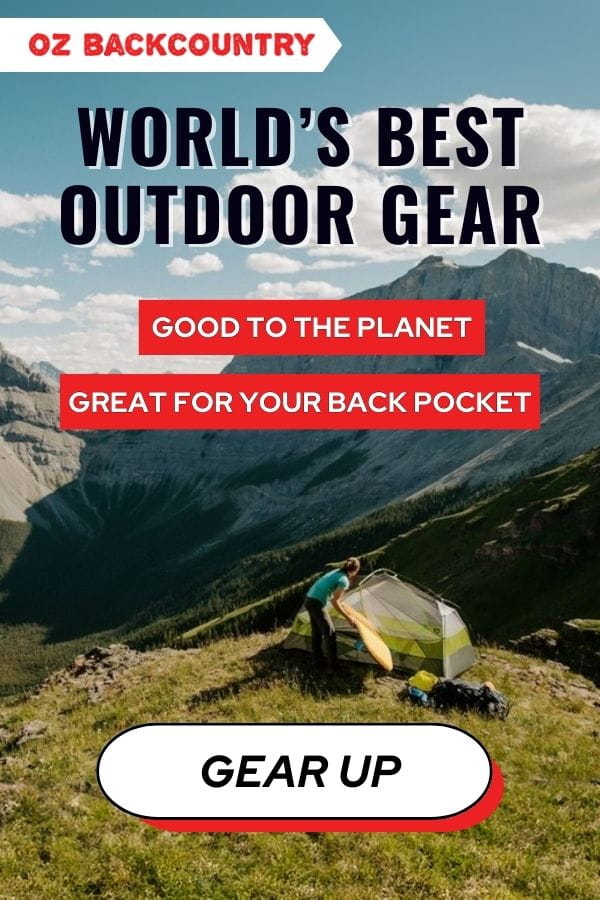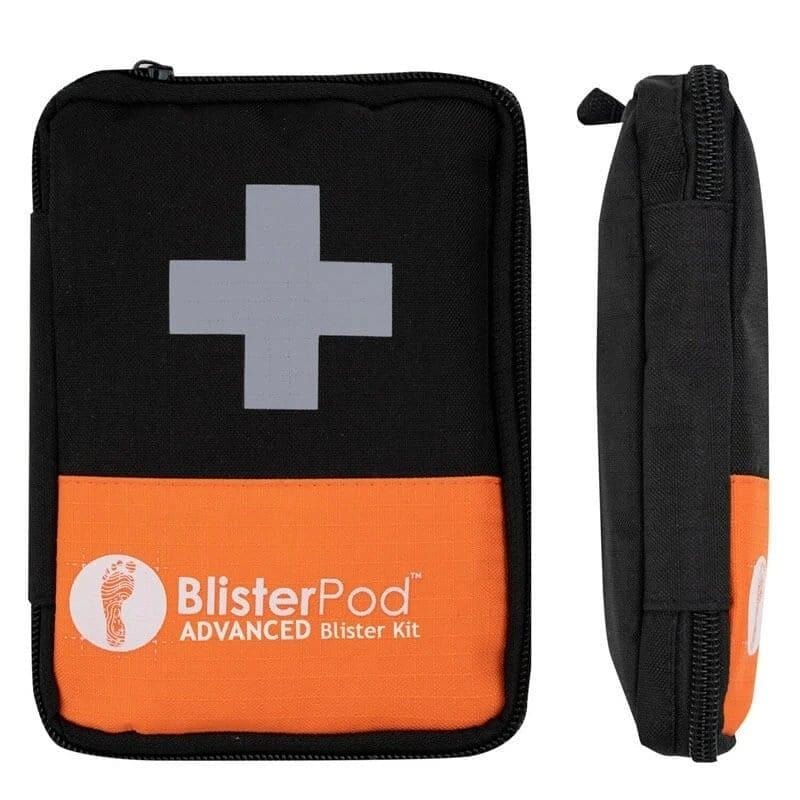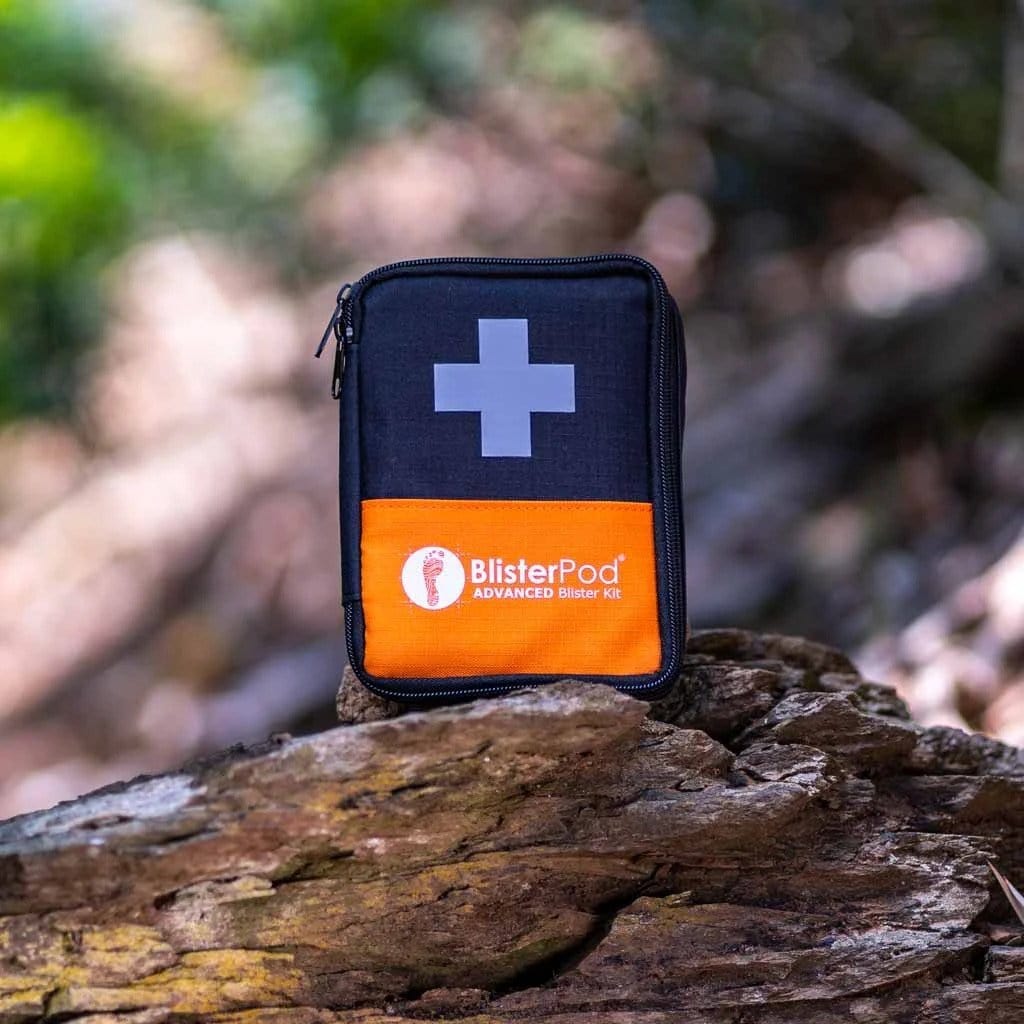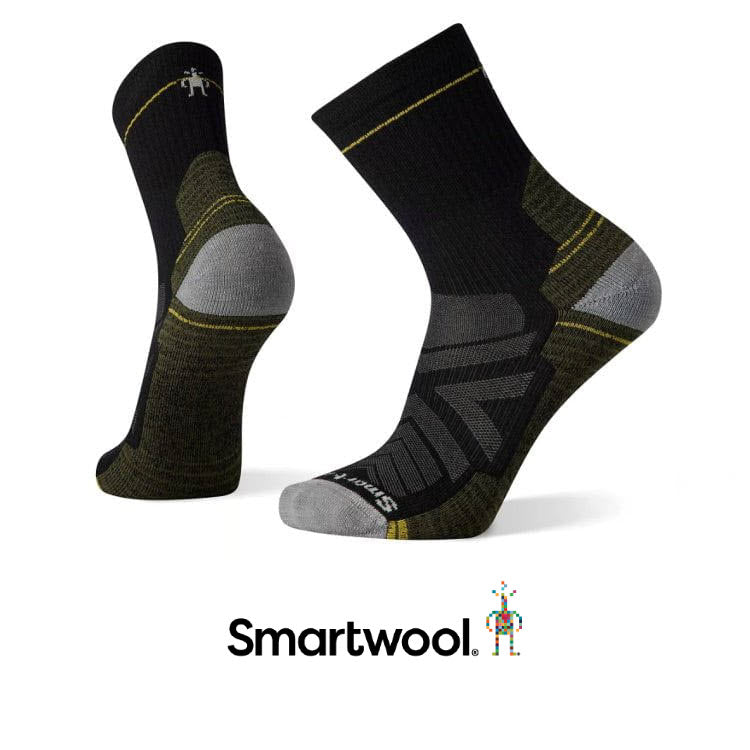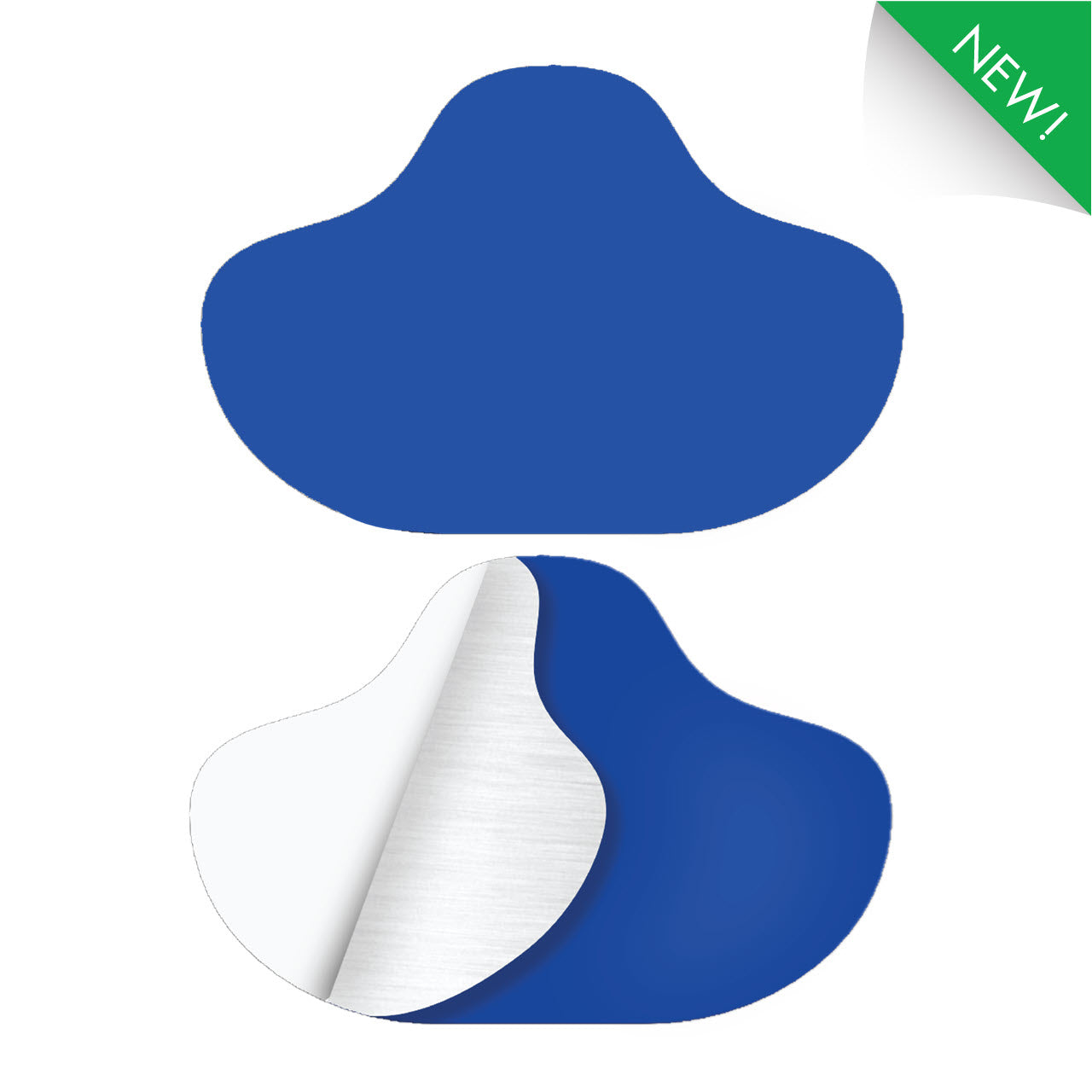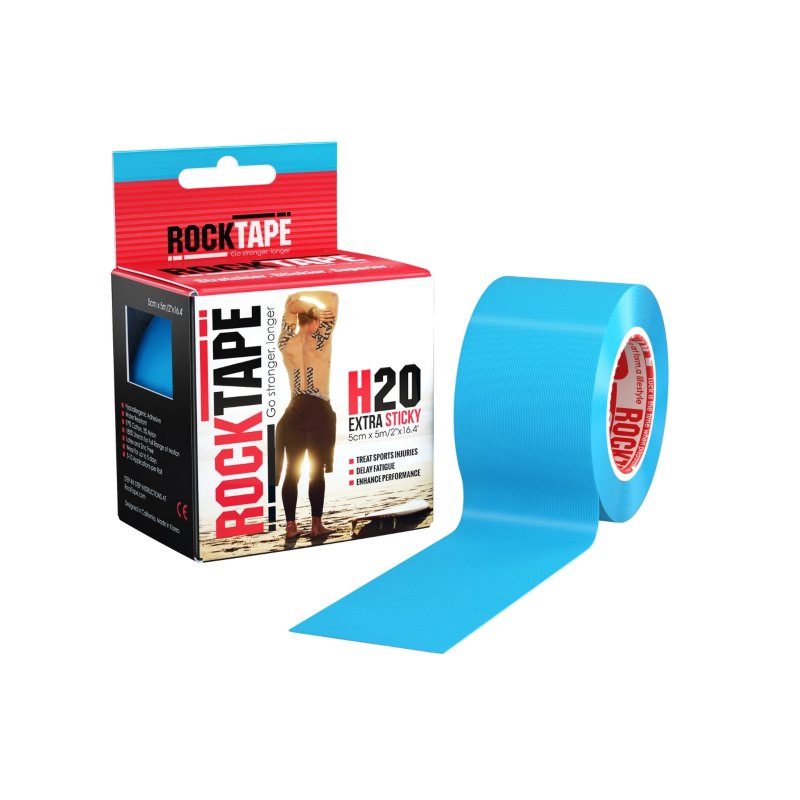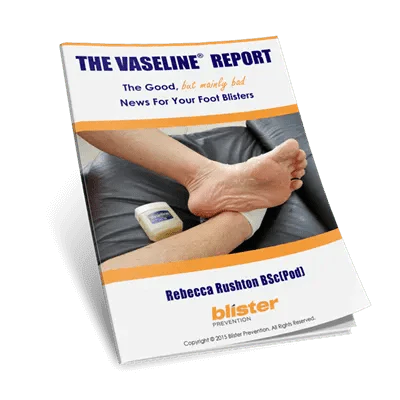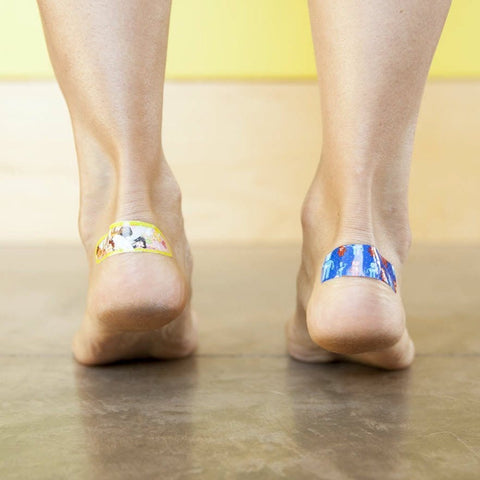
Heel blisters are extremely common! Whether is getting new shoes or walking further than you usually do, most of us have had a blister on the back of our heels at some point in time. So how did you treat it? Did your heel blister treatment consist of a bandaid, and that’s it?
Getting meaningful blister pain relief is actually quite easy, even if you have to put your shoes back on and even if you have to keep walking or running.
On this page, you’ll discover how to treat heel blisters on toes in 2 easy steps.
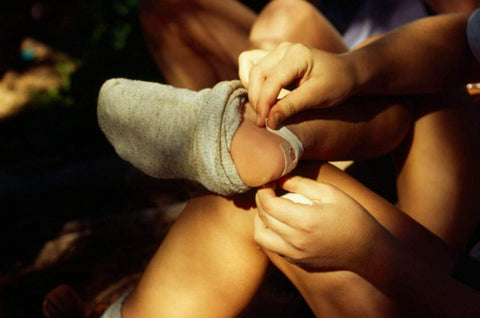
Treating a heel blister with moleskin
STEP 1: TAKE A LOOK AT THE ROOF OF YOUR HEEL BLISTER AND TREAT IT ACCORDINGLY
Is the roof of your toe blister:
- Intact – Put an island dressing on it.
- Torn – Apply some antiseptic/antibiotic and cover it with an island dressing.
- Deroofed – Apply some antiseptic/antibiotic and apply either an island dressing, or a hydrocolloid bandage.
Watch the video to learn more.
STEP 2: IDENTIFY YOUR HEEL BLISTER LOCATION & IMPLEMENT THE BEST PREVENTION
Treating your blister isn’t enough. You need to get rid of the blister-causing forces. Otherwise, it will continue to hurt and might even get worse instead of better.
There are 3 heel blister locations. Each one has different causes and needs a different prevention strategy implemented during treatment. To discover the best way to do this, click on your heel blister below to open up the relevant page.
Which heel blister do you have?
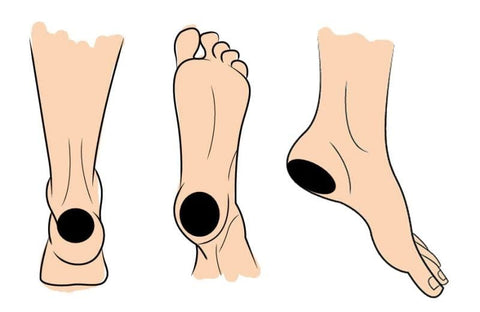
1) Blisters At The Back Of The Heel
Blisters behind the heel bone respond best to reducing friction levels with ENGO Blister Patches. You can use the “heel patches” or the “large oval patches”. While there are other products, methods and techniques you can try (donut pads, calf stretches, lacing techniques), the ENGO patches should be all you need to not only prevent your heel blister, but also relieve pain if you already have one. Even if you have a Haglund’s deformity. Click here to learn about all 5 techniques here.
2) Blisters Under Your Heel
These are a rarer beast. Suffered mostly by runners and hikers traversing downhill terrain, these are tricky to get relief from. They’ll cause you to alter your walking and running gait too and that can lead to ankle, knee, hip and back soreness or injury. Preventing these heel blisters can be as easy as a good quality shear-absorbing padding (like Spenco or Poron), reducing your stride length a little or an ENGO blister patch on your insole. Learn the ins and outs here.
3) Heel Edge Blisters
These blisters are exceptionally common at endurance events and races where people increase their running or walking distances and durations substantially. They catch people completely off-guard because they’ve never had one of these blisters before. The other tricky thing about edge blisters is they’ll appear on the side of the heel – either the inner (medial) side or outer (lateral) side. I see a lot of people focusing all their attention on where the blister is, instead of where the blister is caused. The best edge of heel blister prevention is a technique called the Two-Patch Technique, but you also have to look at your heel cup. Learn about these methods here. Oh, and here if you wear orthotics.
FREQUENTLY ASKED QUESTIONS
Should you pop your heel blister?
It depends! I go into full detail on the pros and cons of popping blistersand the questions to ask yourself to help you make the right decision for your situation. I also show you how to pop your blister painlessly, in case you need a hand with that. Just remember that, once you have lanced your blister, it is now a torn blister, so treat it accordingly. Learn more here.
What about a heel blood blister?
Treating a blood blister is no different to treating a normal friction blister. Just be mindful that the fact there is blood, means there is more likelihood of infection. So antiseptic/antibiotic, dressings, dressing changes and monitoring for signs of infection become even more important. Learn more here.
I have a Haglund’s deformity. What should I do?
Haglund’s deformity is a bony lump at the back of the heel at the insertion of the Achilles tendon. The extra pressure makes back-of-heel blisters more likely, for sure. But it can can be painful for reasons other than blisters. Learn more here.
Why do I keep wearing holes in the back of my shoes?
This is quite common and so annoying, because it prematurely shortens the life of your shoes. The weird thing is it can happen to one pair of shoes but not another. So it has to have something to do with the properties of the interior shoe lining. Thankfully, there are a few good ways to fix and even prevent this from happening. Learn more here.
Wrapping Up
If you can determine what caused your heel blister, you can implement the correct blister prevention. Implementing prevention DURING treatment is the ONE THING that will stop your heel blister from hurting, stop it from getting worse, and better still, stop it from coming back again.
For example, are your laces too loose and your foot is moving around too much in your shoe? Is the heel cup of your insole creased? Has your orthotic moved forward in your shoe?
This matters! To really get to the bottom of your heel blister situation, you have to stop “stabbing in the dark”. You need to hone in on the specific cause of your blister. So click on your blister location in step 2 and consider the expert recommended action.
What’s Next?
Get Our Advanced Blister Treatment Resource
If you have a history of recurring heel blisters, and especially if you have one now, download the Blueprint today and get a head-start on the most effective heel blister treatment.
